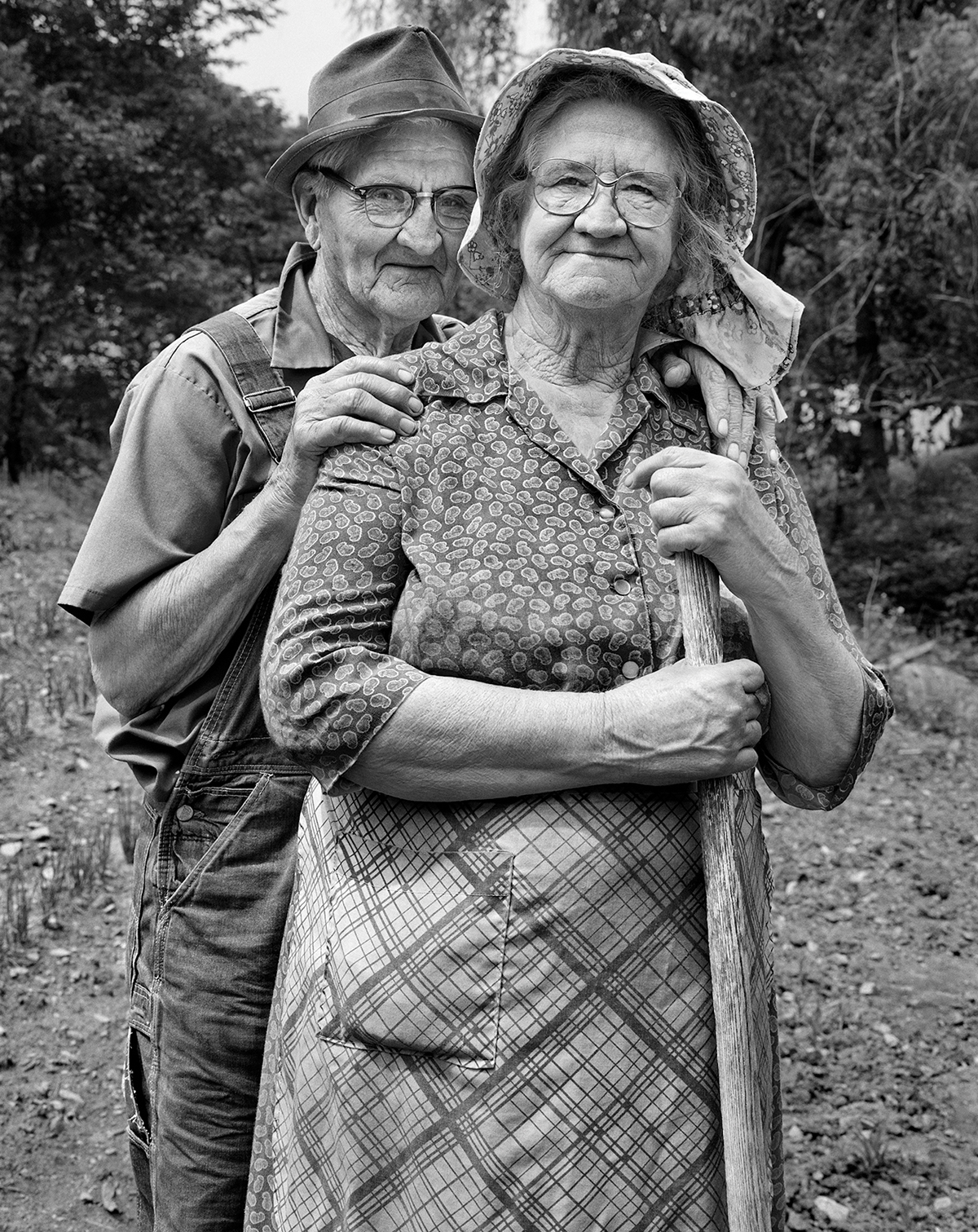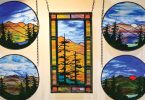For nearly five decades, Tim Barnwell has walked the back roads of Appalachia with a view camera slung over his shoulder and a quiet reverence in his stride. From front porches shaded by grapevine trellises to hand-hewn barns resting in the folds of misty valleys, his photographs have given faces—and dignity—to lives too often overlooked. His lens never romanticized, never exploited—just captured and listened.

Tim Barnwell. Photo by Micah Sherrill
Born in Bryson City, Tim never expected to make a living documenting the rural South. His first assignments were humble—school yearbooks, media center jobs, commercial product shoots. But when he began photographing craftspeople, farmers and elders in the mountains around Asheville, his purpose crystallized. He wasn’t just taking pictures; he was preserving a vanishing world.
Tim’s decision brought him an unexpected gift from Appalachian elders: he learned the value of self-reliance and ingenuity born from necessity. He marveled at those who could fix what was broken, trade labor for goods and live from the land. “I can grow a garden,” he said, “but I don’t know that I could grow enough to feed my family.” Their stories taught him that survival isn’t always loud or dramatic—most often, it’s quiet persistence: neighbors helping neighbors, one season at a time.

James and Portia Davis, Madison County. Tim Barnwell photo
That deep-rooted understanding of resilience shaped Tim’s experience of Hurricane Helene.
Three days before the storm, his grandson was born. After the hurricane tore through the region, Tim made a heartbreaking drive back from his daughter’s home, navigating tunnels of fallen trees to rescue an elderly neighbor with limited vision, no smartphone and no way to evacuate on her own.
He brought her to the coast to be with family—but days later, sadly, she passed away. Tim believes the trauma of what she saw—and what she lost—played a part in her death.
Yet even amid grief and destruction, signs of hope began to emerge.
“In the aftermath of the disaster, something remarkable happened—people came together,” he says. “We emptied our refrigerators and freezers, cooked what we had and shared a communal meal. I met neighbors I’d never spoken to before. That kind of spontaneous kindness—that’s the good you hope for in a community.”

Emma Mills, Madison County, NC. Photo by Tim Barnwell
The recovery echoed the very lives Tim has spent his career documenting. Artists and craftspeople—many of whom had relied on his photography for years—lost their studios, some permanently. The River Arts District (RAD) was hollowed out. But in true Appalachian fashion, they didn’t collapse. They regrouped. People started giving what they could: time, tools, food and presence.
“What amazes me,” Tim says, “is how people—regardless of politics or background—step up and ask, ‘How can I help?’ That instinct crosses every divide. It’s not about money—it’s about showing up.”
The storm wasn’t just an environmental disaster—it was a test of values. And it revealed something Tim had always believed: that community is built not in policy but in practice. While infrastructure may fail, people—when asked—will respond.
Tim has spent his life capturing the beauty of his native Appalachia, and the storm only deepened his conviction that the most profound stories are found close to home. The most lasting legacies aren’t built on fame or fortune, but on seeing people fully, caring for them deeply and documenting their lives with dignity—a mission he continues on his YouTube channel, The Face of Appalachia.

Byard Ray. Tim Barnwell photo
“I always used commercial photography to support my fine art,” he says. “Sometimes I wonder—if I’d had a grant or an endowment, what more could I have done? But you do the best you can with what you’ve got.”
His RAD studio came within an inch of the rising floodwaters. His equipment survived, but half his business did not. For Tim, the loss was personal—but more so for him it reflected the hardship of artists he’s long supported, now struggling to rebuild their work and lives. Still, he keeps going—not for recognition, but out of a quiet commitment to bearing witness. He is one of the unsung heroes he so often honors: steady, generous, deeply rooted.
Tim isn’t just preserving what so many take for granted—he’s planting seeds of care, compassion and reverence in the hearts of everyone he meets. Including mine.
To support Tim Barnwell’s work, visit BarnwellPhoto.com. Andrew’s book, My Journey Beyond the Summit, is available on Amazon. To connect or to nominate somebody that Andrew should feature, contact ap@andrew365.com.






